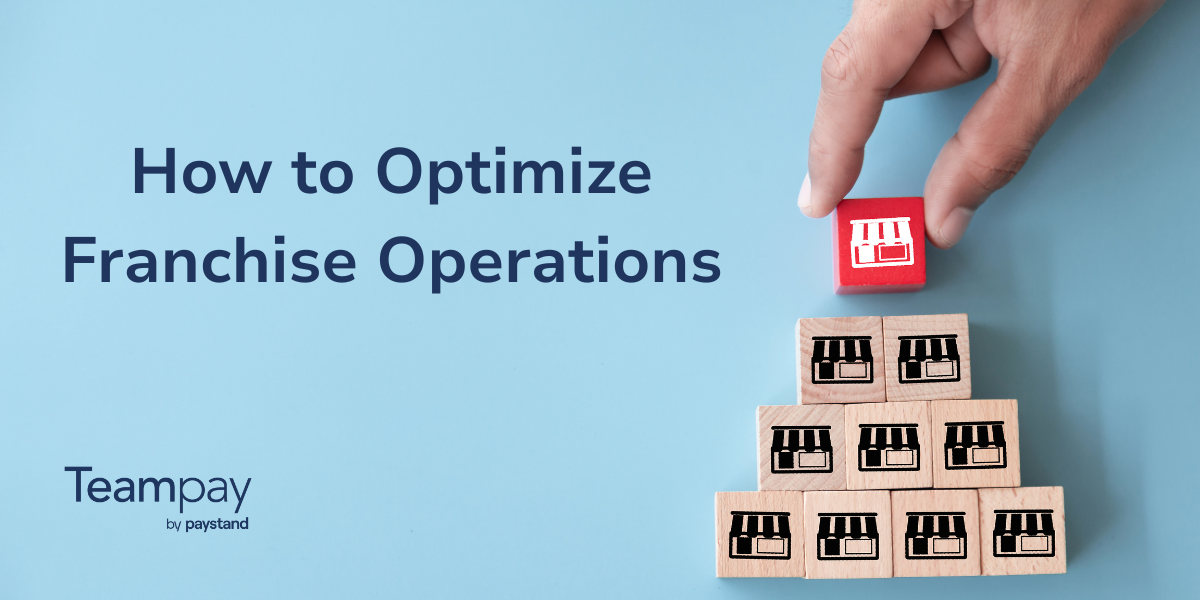When employees violate the company purchasing policy, it's easy to assume malintent: that they're lazy, they don’t care about the rules, or they actively want to cheat the company out of money. But in the vast majority of cases, nothing could be further from the truth. More often than not, employees want to do the right thing, but they also have a dozen other tasks on their plate that are more directly related to their individual jobs. When an employee needs to buy a new piece of software to complete a deliverable due tomorrow, she doesn't have time to read through your ten-page purchasing policy document, if she can even find where it’s saved on the corporate server. In fact, two-thirds of employees haven’t even read their company’s expense policy. In this article, we’ll identify the top three reasons behind purchasing policy noncompliance, specifically within a remote setting. Understanding the root of the problem will help you find a smarter, more proactive way to empower your employees and keep the company's spending on the rails.
1. Approvals take too long
Employees often don’t have the time to wait for approvals before making a necessary purchase. Complicated approval workflows buried under layers of bureaucracy slow employees down at a time when they need to move faster than ever.
In many situations, employees are forced to choose between adhering to the workflow and getting things done. Their desire to deliver on the company’s bottom line may prompt employees to choose the latter option, finding workarounds or spending out-of-bounds in order to buy what they believe will allow them to do their job best.For example, imagine a remote employee wants to send a gift card to a customer at risk of churning. Rather than potentially missing a valuable opportunity to retain the customer, the employee may choose to purchase the gift card independently, not realizing that they’re buying from a non-preferred vendor.
Peter Nesbitt, VP of Finance at Teampay, has personal experience at the receiving end of noncompliant expense reports. “Sometimes I took it personally when employees didn’t adhere to the policy I wrote,” he said in Forbes. “Then I realized that this had more to do with their desire to get things done quickly rather than malintent.”
The solution: Embed the purchase approval process within employees’ existing workflow, so they don’t have to navigate a separate system. Make it fast and simple for employees to submit purchase requests through a simple, conversational interface—and for managers to approve or deny those requests at the click of a button.
2. Employees don’t understand the problem with noncompliance
Many organizations point to a non-compliant mentality among employees as a top cause of maverick spend. That mentality often isn’t a result of ill-will, but a lack of understanding.“They just feel it’s a burden on them," former COO, Teampay. “They’re just trying to get their job done in marketing or sales or engineering, and not realizing or caring that filling out expense reports correctly has a huge impact. It’s easy for finance to forget that other people might not understand.”
Employees may think that because something will help them be more productive, it makes sense for them to buy it. They may bypass the company purchasing process because they view it as a roadblock to them doing their jobs, not understanding the impact of their purchases on the company as a whole. For example, they may buy a software package independently, not realizing that another department already has that same system. Going through the correct workflow would have ensured that they did not make a duplicate purchase, while still allowing them to access the same software.
The solution: Educating employees is the clear answer here, but it’ll take more than a lunch and learn to actually move the needle. The key is to not only explain to employees what they have to do, but also make what they have to do as simple as possible. By automating the purchasing process and guiding employees through, you can ensure compliance without requiring anyone to do extra work.
3. Legacy purchasing processes are outdated and inaccessible
Too often, finance teams are using traditional or outdated methods to manage employee spend, including centralized procure-to-pay systems or expense reimbursements. These tools and processes can be confusing, clunky, and inaccessible, especially when employees are remote.Take centralized purchasing. Besides having generally clunky user interfaces, legacy procure-to-pay suites are only available to select employees who have licenses. This means that the majority of your workforce can’t access your company’s purchasing system.
Shut out of the centralized purchasing workflow, employees may decide to purchase items independently and submit expense reports after-the-fact. This reactive approach leaves finance in the dark until expense reports come in, often weeks after a purchase has been made. With more than 80% of non-c-suite employees involved in purchasing decisions, finance teams that rely on centralized purchasing and expense reimbursements struggle to maintain control and visibility into distributed spend.
The solution: Find systems that are accessible to all employees—whether they’re remote or in-office, full-time or part-time, senior executive or entry level—so all employees can make the purchases they need, compliantly. And enable real-time visibility into spend, so that finance teams can have a more holistic view of the spending happening around the company at any given time.
Make it easy for employees to comply with your purchasing process
Recognizing the reasons why employees may spend out of bounds will help you find solutions to stop maverick spend. The first step is removing the roadblocks that discourage them from complying with your policy and process. Guided buying tools help reduce maverick spending by leading employees through the correct workflow, without them having to know the rules in the first place. It pays to invest in simple solutions with quick time-to-value, so your workforce is empowered to spend quickly, confidently, and compliantly.












